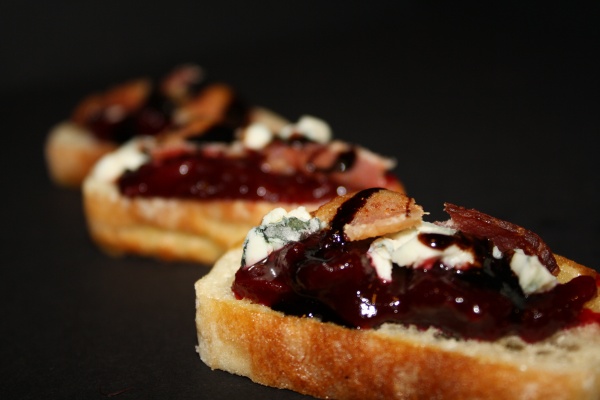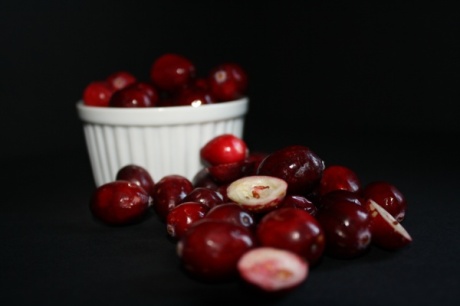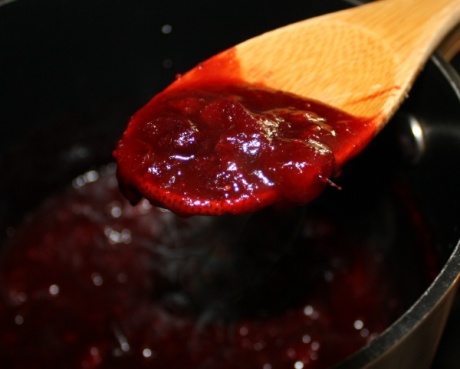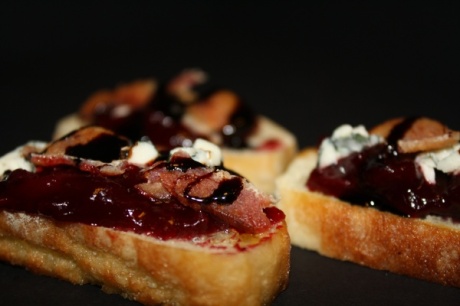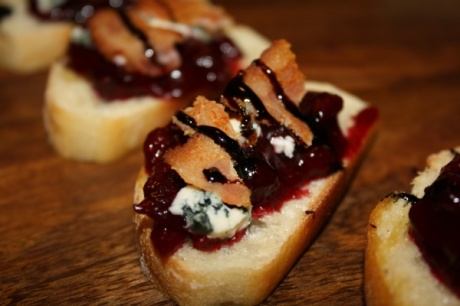The Humble Cranberry
Cranberries and Homemade Holiday Cranberry Sauce
One of the most under-appreciated yet highly utilized fruits on the market, and one of the only three that can trace its roots back to North American soil, is the humble cranberry. Aside from Thanksgiving most people give the cranberry very little notice. The juice is everywhere in watered down or sugared up form. The canned version is mixed with high fructose corn syrup to tune of 21 grams of sugar. Some brands even have sodium in it. Yet the berry itself, is seldom given any consumer deference
So consider the fresh or frozen berry itself. Native Americans used the cranberry as a food source, as a preservative, as medicine, to barter with and to dye cloth. They introduced the Pilgrims to it who gave it its’ name because the pink springtime flower resembled the Sandhill crane’s head. American mariners brought the berries on voyages to prevent scurvy. It is one of the healthiest foods around. Yet we eat it maybe once a year from a can. It sits on a dish still in the shape of that can and with the can’s rings imprinted upon it.
Ditch the can. The cranberry is versatile; you can add the whole berries to mixed vegetables or squash. Add it to breads, salads, fruit pies or stuff a chicken with a handful. I could go on indefinitely. You can roast them, stew them, dry them, or press them into juice, but with that later unless you own a juicer it is probably easier to buy the bottled juice (get the real juice — not the cocktail blends). You can even decorate with them!
Homemade cranberry sauce is ridiculously easy to make. If you can boil water and find bags of cranberries in the market you make your own sauce and control the amount of sugar.
If you are looking for a use for cranberry sauce other than Thanksgiving dinner (and you should be, here’s why 🙂 Michelle made this excellent cranberry sauce. She quickly cooked the berries in a medium sauce pan until they started bursting. At this point they make a popping sound like popcorn which is kind of fun especially if you are trying to enlist your children’s help. She stirred them up to finish breaking up the skins and added a small amount of brown sugar, not enough to cloy the berry’s bright tartness, but enough to take the sting out of it. Then she added some clove and cinnamon spice and cooked it a while longer to meld the flavors. It’s a pretty simple process. Michelle served a dollop of the sauce on slices of toasted French bread which were smeared with blue cheese and then topped off with a crumble of bacon. What a surprisingly easy and spectacular appetizer!
— And this sauce will be really great with the Thanksgiving leftovers too.
Recipe: (if you can call it that)
1 bag whole fresh cranberries or 1 bag of frozen cranberries
¼ to ½ Cups Water
¼ Cup Brown Sugar
1/8 Tsp Cloves
2 Tbsp Ground Cinnamon
¼ Ground Ginger
Wedge of Blue Cheese
3 to 4 slices of cooked bacon for topping (and filching a spare piece)
1 Loaf French Bread
Balsamic Vinager (to drizzle as a topping)
Cook berries in a little water over medium heat in a sauce pan for 12 to 15 minutes, stirring occasionally. After they’ve burst, mash or break up the berries to a consistency you like. Tread lightly with the spices, as they can overpower the sauce. Its’ best to add each in portions and taste as you go along until you get it where YOU like it! Then add the sugar and spices and cook for five more minutes over low heat, meanwhile slice and toast the bread. The bread will take about 6 minutes at 350 F. Coat the bread with a little bit of olive oil before toasting.
Either coat each slice of toast with blue cheese — or add the blue cheese crumbled on top of the cranberry sauce depending on how you want the presentation to look. Dollop on the cranberry sauce and top with some crumbles of bacon and a very small drizzle of Balsamic Vinager. Serve warm, but cold is just as delicious.
On a final note, did you know cranberries don’t grow in water? It is an evergreen bush that requires specific soil conditions. The growing fields or bogs are flooded for harvesting, which is what you see represented the famous commercials. Undamaged cranberry plants can live a long time. Some in Massachusetts are 150 years old.

